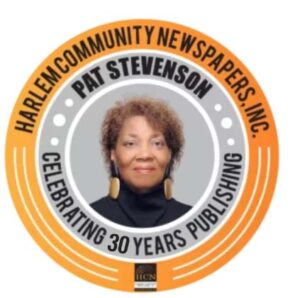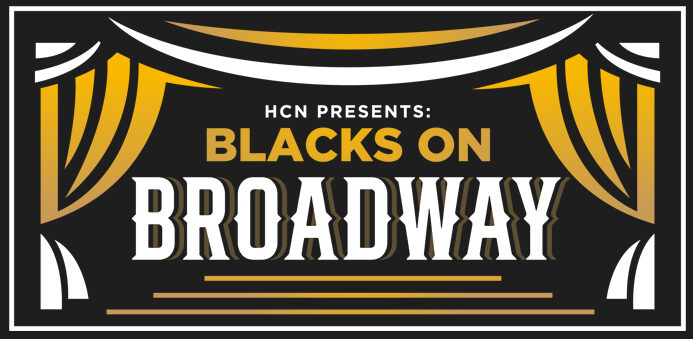PONDER THIS! Textspeak is Computer Language By Hazel Rosetta Smith
Categories:
Hazel Rosetta Smith,
There is a symbol language used in communication that can be mind boggling when first it appears in a text message. The name for this type of computer keyboard communication is known as “textspeak,” a kind of language containing short forms of words, or symbols that people use when they are sending text messages.
Texting symbols are not new to those who are computer savvy. They can be simple and funny, though sometimes confusing. They are utilized as the fastest route to say what you want to say in the shortest amount of time.
If you pride yourself in being a person who makes a serious attempt to send a message using proper grammar, punctuation, and full sentences, you have been annoyed often at some of the messages that appear in your email or text messages.
There is an art of communication that is foreign to some folk, especially to those I term “seasoned citizens,” and I include myself in that group.
There are two forms that need an explanation. Emoticons are created using punctuation marks, letters, and numbers to express an emotion or sentiment. Most emoticons need to be read sideways. <3 Does that look like a heart?
Recognizing an emoticon can entail tilting your head slightly to the left or right. The emoticon :))) symbolizes a whole lot of smiling going on. The colon: are the eyes and the three closed parentheses))) is a triple smiling mouth. How about  with one parenthesis that makes a sad face.
If it is a little cartoon figure that has no punctuation, numbers, or letters, it is an emoji. Emoji (from the Japanese “e picture,” and moji, “character”) are faces or objects. Most popular are Apple’s emoji: yellow cartoony faces with various expressions. Shigetaka Kurita, credited with inventing emoji though the Japanese conglomerate SoftBank, released the first set of emojis in 1997.
In addition to emoticons and emojis, there are acronyms. The use of a group of capitalized letters to form a phrase or sentence. Longtime acronyms include ASAP (as soon as possible); DOB (date of birth); FYI (for your information); OTC (over the counter).
In tech dialect, there are newer acronyms, such as: BRB (be right back); LOL (laughing out loud); NP (no problem); KIT (keep in touch); BTW (by the way); YW (your welcome); OMG (oh my God or goodness); 2g2bt (too good to be true) from an extensive list.
Although this type of communication saves a second or two, it is often misunderstood. It is a part of accepting that everything will change, and nothing stays the same. Open your mind to something new. Enjoy it and laugh your waythrough it as you try to figure it out. Do not be ashamed to admit that you do not know what the message implies. There are young people who will gladly help us jump on the train in this speedy communication age.
[Hazel Rosetta Smith is a journalist, playwright, and artistic director. Founder of Help Somebody Theatrical Ministries and former Managing and Woman’s Editor of the New York Beacon News. Contact: online www.hazelrosettasmith.com]
with one parenthesis that makes a sad face.
If it is a little cartoon figure that has no punctuation, numbers, or letters, it is an emoji. Emoji (from the Japanese “e picture,” and moji, “character”) are faces or objects. Most popular are Apple’s emoji: yellow cartoony faces with various expressions. Shigetaka Kurita, credited with inventing emoji though the Japanese conglomerate SoftBank, released the first set of emojis in 1997.
In addition to emoticons and emojis, there are acronyms. The use of a group of capitalized letters to form a phrase or sentence. Longtime acronyms include ASAP (as soon as possible); DOB (date of birth); FYI (for your information); OTC (over the counter).
In tech dialect, there are newer acronyms, such as: BRB (be right back); LOL (laughing out loud); NP (no problem); KIT (keep in touch); BTW (by the way); YW (your welcome); OMG (oh my God or goodness); 2g2bt (too good to be true) from an extensive list.
Although this type of communication saves a second or two, it is often misunderstood. It is a part of accepting that everything will change, and nothing stays the same. Open your mind to something new. Enjoy it and laugh your waythrough it as you try to figure it out. Do not be ashamed to admit that you do not know what the message implies. There are young people who will gladly help us jump on the train in this speedy communication age.
[Hazel Rosetta Smith is a journalist, playwright, and artistic director. Founder of Help Somebody Theatrical Ministries and former Managing and Woman’s Editor of the New York Beacon News. Contact: online www.hazelrosettasmith.com]







